- High Intensity Discharge (HID) light bulbs are the type most commonly used by cannabis growers.
- Their excellent horticultural yields and good value mean that both types of them – Metal Halide (MH) and High Pressure Sodium (HPS) – are highly recommended options to illuminate your plants.
- We tell you everything you need to know about them.
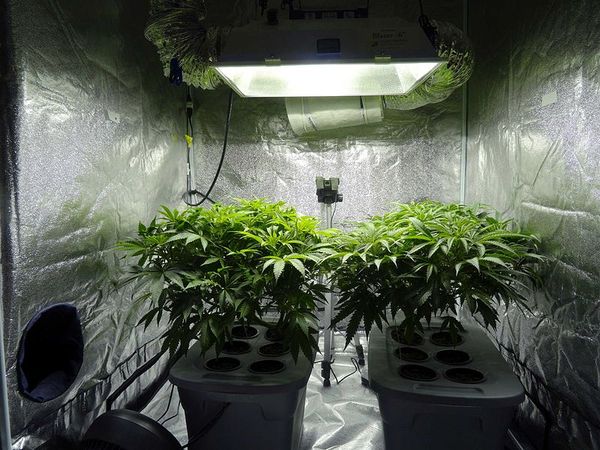
The market offers a wide variety of bulbs for indoor growing. Thus, we often find it difficult to choose those most suitable for our cannabis plants. A series of questions arise when we have to face this decision: What material? What shape or size? Which are best? Which are cheapest? However, in most cases the most experienced growers recommend High Intensity Discharge light bulbs, with many even claiming that the productivity achieved with this type of light cannot be obtained with any other.
Of this type one can find Metal Halide (or MH) and High Pressure Sodium (HPS) models. Both are easy to assemble, guarantee good results, and are cheap compared to other types of lights. Now that we know a bit about each of these options, what sizes and wattages can we find, and what are their advantages? And how are they best used?
Metal Halide, or MH light bulbs
Metal Halide bulbs boast high power and deliver excellent colour reproduction, generating light by passing an electric arc through a mixture of gases (argon, mercury, iodide and bromide of different metals, among others). This mixture determines the nature of the light produced, and one can vary its temperature, colour and intensity.
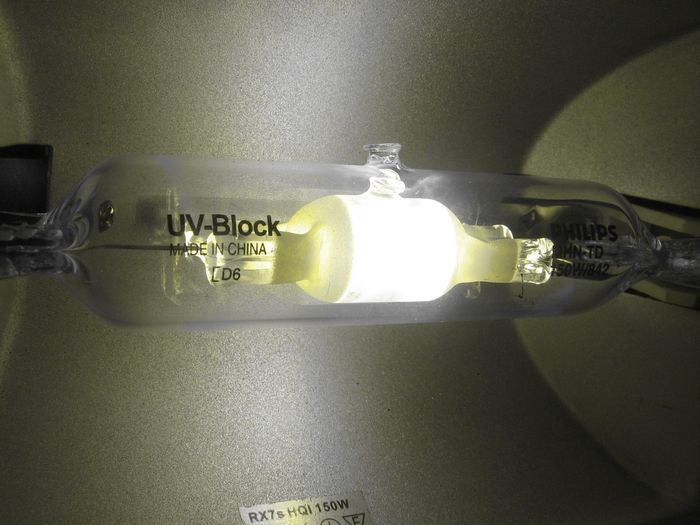
These bulbs allow the cannabis grower to replicate the kind of light generated in nature during the spring and autumn. Due to their composition they are more powerful in the blue light spectrum, so they are the best option for your plants to receive light during the vegetative phase. During this stage the stems, branches and leaves grow and develop, so a light is necessary to facilitate photosynthesis, in order to produce plants that are as lush as possible. And Metal Halide lights fulfil this role perfectly.
The average life of a Metal Halide bulb is about 10,000 hours (a little more than 400 days). This means that they last long enough for small crop operations, and can even last from one harvest to another without any problems. Their low cost means that they do not require a great investment when the bulb dies out, as they can be found (although the price always depends on the power level) starting at 20 euros. According to experts, it is one of the options representing the best value.
High Pressure Sodium (HPS) light bulbs
This type of light works in a way similar to an MH model. In this case, however, the gas mixture is different. Unlike with Metal Halides, they are mainly composed of sodium, which gives the light an orange-red colour, a spectrum ideal for the flowering phase of your cannabis plants because it activates their hormones and boosts production.
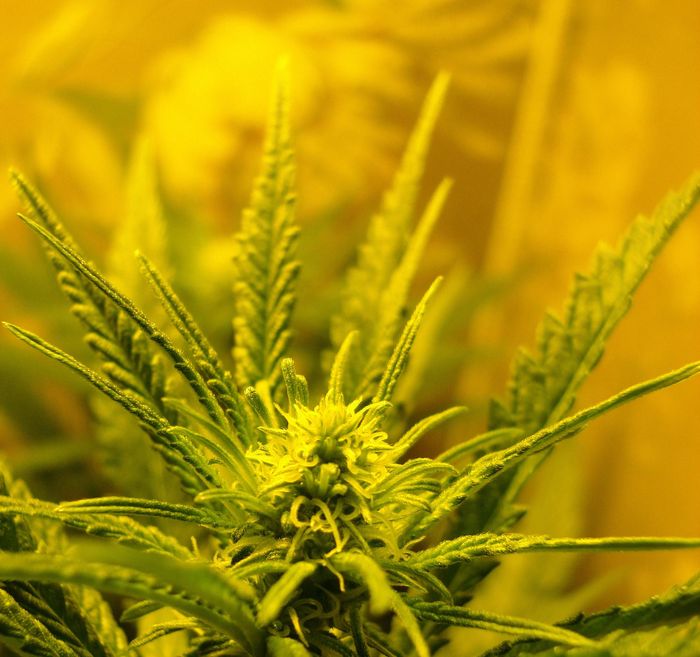
Some growers use High Pressure Sodium lights only during the flowering stage, while others prefer to use them as secondary lights throughout the growth process, increasing exposure during the flowering phase. It has also been found, especially with hydroponic crops, that plants exposed to HPS are more productive than those grown with only MH lights. Therefore, the combination of the two, each during a specific phase, guarantees that your plants grow strong and healthy.
An HPS bulb can last up to 18,000 hours (about 750 days). However, they consume more energy than Metal Halide lights, and the most powerful generate more heat, which needs to be controlled using air conditioning or ventilation. Specifically, 600-watt HPS systems are some of the most popular amongst growers because they offer a good balance between the amount of light they produce and they electricity they demand.
The best and the worst aspects of HID lighting
HID lights are some of the cheapest you can find on the market. They are also easy to use, and do not require major set-ups that swell your crop's costs. Their effectiveness with indoor crops is proven, as long as you follow the manufacturer's instructions.
Their main drawback is that they cannot be directly connected to standard light sockets. Rather, it is necessary to use an electrical ballast (a device that serves to stabilise and limit the intensity of the current) and a special cover to plug it in, which entails an increase in power consumption too. They also have a rather short life span: around 10,000 hours of light on average.
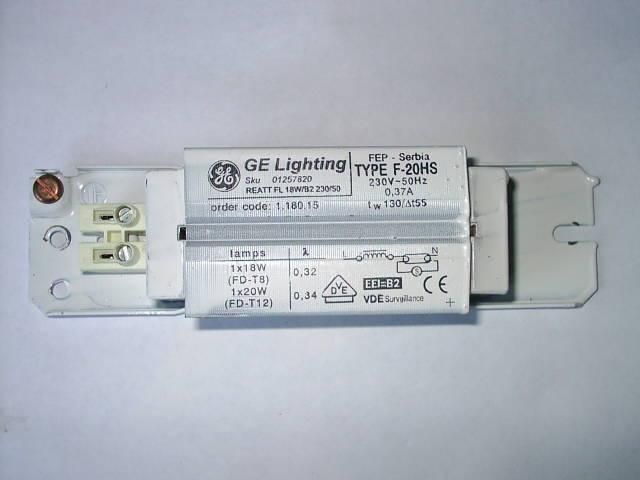
Both types of HID lighting fixtures can be found with different wattages; the most common are 250W, 400W, 600W and 1000W. Choosing the power level best for your crop will depend primarily on the number of plants you have and how much energy you're willing to consume.
Choosing bulbs depending on the size of your crop
If you have only one or two plants, a 150-watt bulb will be more than enough for their cultivation. In this case, you should place it about 17 cm from your plant. The best solution is to hang it from the ceiling, just above the plant, but at the distance indicated. This will ensure that the light falls directly on the plant, but without overheating it. With proper care one can achieve an average yield of between 75 and 150 grams, depending on the genetics chosen.
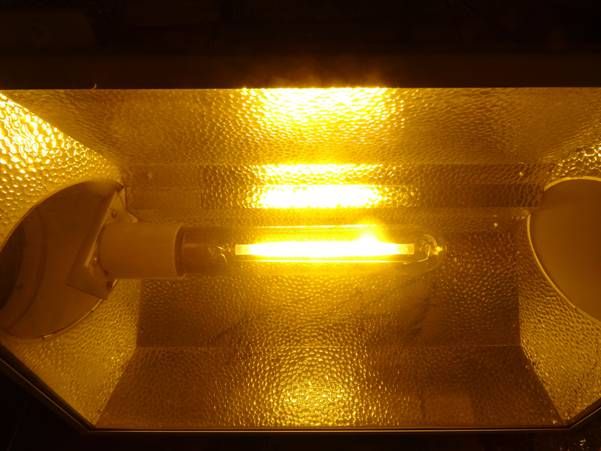
Now, if you have a crop of 3 to 5 plants, you will need to increase the voltage of your bulb to 250 watts, and place it at a distance of 25 cm. As expected, in this case the yield will also increase, up to about 250 g of your favourite plant.
You can use 400-watt bulbs for crops of 6 to 9 plants, and 600-watt lights if you are growing up to a dozen. In these cases you should place them at a distance from your plants of 30 and 40 cm, respectively. With these types of bulbs yields can range up to 500 grams.
For larger crops, consisting of more than 12 plants, you will need to use bulbs of up to 1,000 watts. In these cases you will need to pay greater attention to the temperatures to which your crops are exposed. The use of such high-power lights means that they are going to give off a lot of heat, so it will be imperative to have a good air conditioning system and ventilation to prevent excessive temperatures.
Tips to combine HPS and MH light bulbs with your crops
To achieve the best performance it is a good idea to combine both types of HID lights. You can use Metal Halide bulbs as a primary light source, and use HPS lights for the flowering stage.
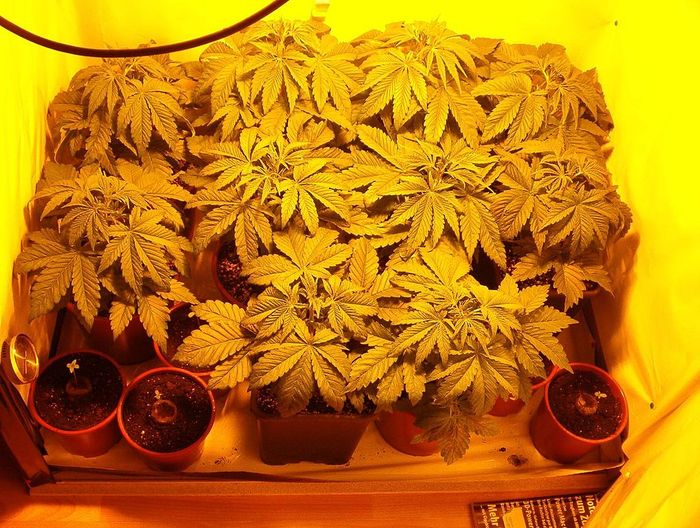
Another option is to use MH and HPS bulbs together, thanks to a shared reflector. However, some growers say that this alternative is not effective, as these combined systems feature lower-power lights.
If you want to use a light set-up that allows you to take advantage of the effectiveness of both kinds of lights, it is best to employ a convertible or switchable system. These rigs allow you to change from one light to another depending on the phase your plants are in, without assembling and disassembling the different lights during each stage.
To round out the system you can also install a resistor to adjust energy levels. The most sophisticated models are digital and, in addition to increasing the irradiation from your bulbs, allow you to configure them to give you greater control over their power levels.
Thus, learning about the particular aspects of HID lighting allows growers to make the right decisions when it comes to Metal Halide and High Pressure Sodium bulbs, in order to ensure maximum yields from their indoor harvests.
HID lights vs. LED lights
Constant technological advances have led to LED technology, based on the emission of high-performance light and limited power consumption. And yet, there are still many growers who are reluctant to use LED bulbs on their cannabis plants.
First, it should be noted that their compositions are very different.
While HID bulbs emit light by passing a current through a capsule of gases that determine its colour, LED light is generated in an electronic component called a diode. Inside an electric current agitates the atoms, which, when expelled through a chip-reflector, produce light. LEDs also offer a broad spectrum of light, from infrareds to ultraviolets, to a visible range of different shades.
Still, the cannabis world seems wary of LED lights and has not applied them to its crops with much enthusiasm. Why do growers praise HID lighting, and what are their drawbacks compared to LEDs?
Advantages of HID lighting relative to LEDs
- Crop production is greater with HID lighting.
- HID bulbs are a good value compared to LEDs, which are expensive.
- HID lights are now standard for cultivation, while LED lights still do not enjoy broad acceptance on the market
The drawbacks of HID lighting relative to LEDs
- Energy consumption is greater with HID lighting. LED lights are more efficient in this regard.
- HID lights are much hotter than LEDs, which can damage plants.
- An electrical ballast is necessary to operate HID lights, while LEDS cab be directly connected to any outlet.
- Recent advances in horticultural lighting promise to improve LED technology applied to this area.



Comments from our readers
There are no comments yet. Would you like to be the first?
Leave a comment!Did you like this post?
Your opinion about our seeds is very important to us and can help other users a lot (your email address won't be made public).